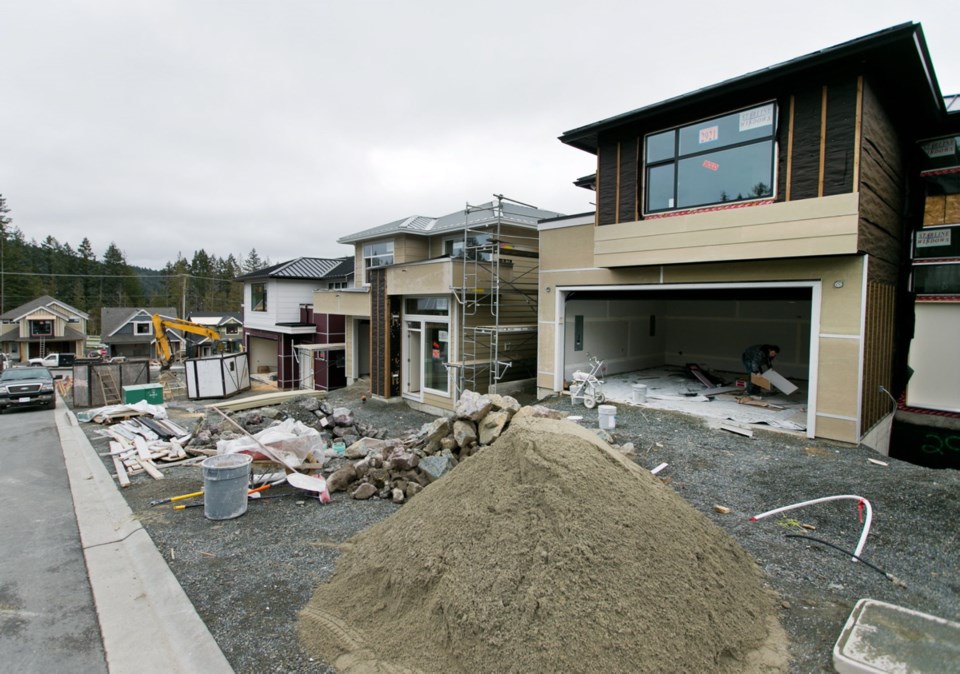Greater Victoria real-estate sales and prices could decline in coming months as a result of new tougher federal rules, Central 1 Credit Union’s chief economist says.
This would constitute a “fairly minor” correction, Helmut Pastrick said from Vancouver on Thursday.
During the next six months or so, capital region sales might soften, leading to a decrease of about five per cent in the benchmark price, he said.
Last month, the benchmark price for a single-family house in the core of Greater Victoria was $745,700. That was up by 22.8 per cent from $607,100 in September 2015, the Victoria Real Estate Board said.
The capital region’s residential sales numbers dropped in September to 725 from 835 in August. The board’s president cited low inventory and the traditionally slower fall and winter season as factors in the decrease.
Pastrick said he expects new federal policies to result in declining sales around B.C. for about six months, before stabilizing at a lower level.
“Active listings will initially increase while sales will decline, bringing about softer market conditions,” he said.
“Prices will come down, though by a smaller percentage than sales, because new listings will adjust to the evolving market reality.”
The most significant change will be the new mortgage stress test for insured borrowers imposed by the federal government.
B.C. could see 10 to 20 per cent fewer sales, Pastrick said in an economic commentary report. Housing prices could slip five to 10 per cent, with housing starts dropping 10 to 20 per cent.
Mid-2017 should bring market stability to B.C., Pastrick said.
He estimated that between 25 and 35 per cent of home sales are to first-time and low-equity buyers, the groups most likely to be affected by the new rules.
In the end, they will have about 20 per cent less purchasing power. That means some potential buyers might postpone a purchase, settle for a lower-priced property or find funds from sources such as parents, he said.
The impact on the market will not be known until November or December sales data are released, Pastrick said.
Meanwhile, Greater Victoria’s real estate market remains hot. The capital region’s new housing price index rose by 3.8 per cent in August over the previous 12 months, Statistics Canada said in a newly released report.
Demand is driving construction of condominiums, rental apartments and single-family houses in the region.
The number of new homes started in the first nine months of this year is up 52 per cent, at 2,306. During the same period in 2015, 1,518 got underway.
The capital region already has surpassed the total number of new homes built last year, when 2,008 went up.
In 2006, 2,736 homes were started. In 2007, the total was 2,579.
The first nine months of this year saw Victoria leading the pack, with 772 new homes started. Of those, 748 were multi-family projects.
Langford followed with 696 starts. That included 242 single-family houses and 454 multi-family starts.



